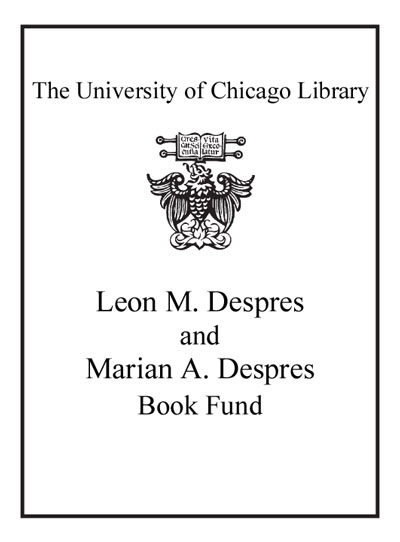The working man's reward : Chicago's early suburbs and the roots of American sprawl /
Saved in:
| Author / Creator: | Lewinnek, Elaine, author. |
|---|---|
| Imprint: | New York, NY : Oxford University Press, [2014] |
| Description: | ix, 239 pages : illustrations, maps ; 24 cm |
| Language: | English |
| Subject: | |
| Format: | Print Book |
| URL for this record: | http://pi.lib.uchicago.edu/1001/cat/bib/10042279 |
Table of Contents:
- Machine generated contents note:
- Acknowledgments
- Introduction: "Chicago is America's Dream, Writ Large": Forging the Suburban Dream in Early Chicago
- 1. "Vast and Sudden Municipality": Boosting and Lamenting Chicago's Growth
- 2. "Domestic and Respectable": Property-Owner Politics after the Great Chicago Fire
- 3. Lake and Jungle: The Assembly-line Factory as a Force for Suburbanization
- 4. "Better than a Bank for a Poor Man": Worker's Strategies for Home Financing
- 5. Mapping Chicago, Imagining Metropolises: Reconsidering the Zonal Model of Urban Growth
- 6. The Mortgages of Whiteness: Chicago's Race Riots of 1919
- Conclusion: The City of the Twentieth Century
- Notes
- Bibliography
- Index.

